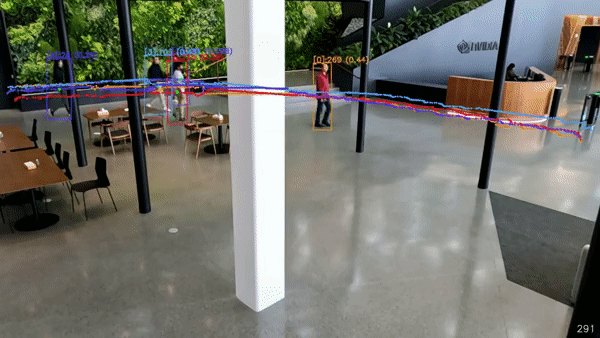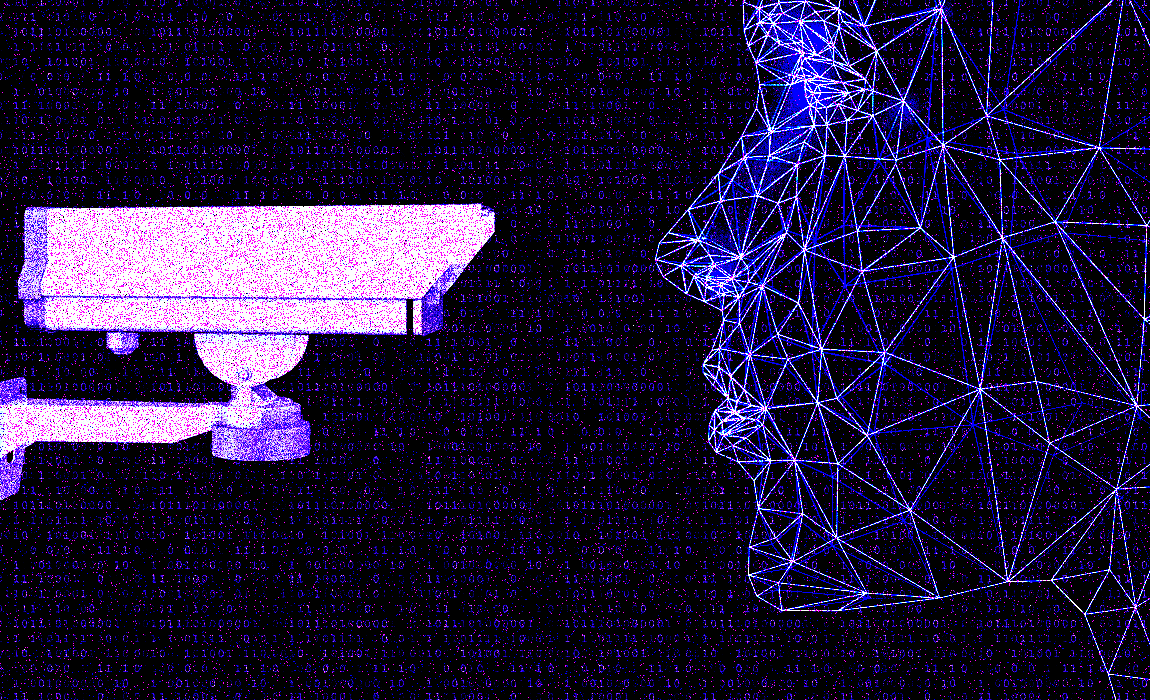Project Info
Client
Government agency
Service
Development and implementation of a Computer Vision-based Surveillance and Security Application
Technologies
Computer vision algorithms, machine learning models, video analytics, real-time processing, cloud computing, edge computing, and integration with existing surveillance systems
Industry
Security and surveillance industry
Duration
12 Months
Team Size
15 members specialized in computer vision engineers, machine learning specialists, software developers, security experts, and project managers
Challenge
Traditional surveillance systems often struggle to effectively process and analyze vast amounts of video data in real-time. Identifying and responding to potential security threats or anomalies swiftly is a significant challenge in large-scale surveillance scenarios.
Solution
Computer vision techniques offer a powerful solution by leveraging advanced algorithms to analyze live video streams. These techniques enable automated detection of suspicious activities, objects, or behaviors, allowing for real-time monitoring and threat identification. Machine learning models can be trained to recognize specific patterns, improving the accuracy of threat detection.
Impact
The implementation of computer vision techniques in surveillance and security significantly enhances the ability to proactively identify and respond to potential security threats. This technology enables quicker response times, reduces the likelihood of false alarms, and enhances overall situational awareness for security personnel. Ultimately, the impact is a more robust and efficient security infrastructure capable of ensuring public safety and protecting valuable assets.
Goal
30 Meetings
conducted for discovery between the client and innovaTech team.
720 Hours
spent by our business analysts for calls and documentation.
20 Weeks
actual duration of the discovery stage.
Core Features
1 - Live Video Analysis:2 - Object Recognition:

4 - Facial Recognition:

6 - Integration with Existing Systems:



